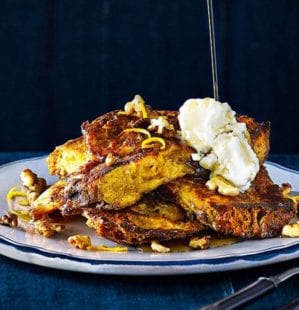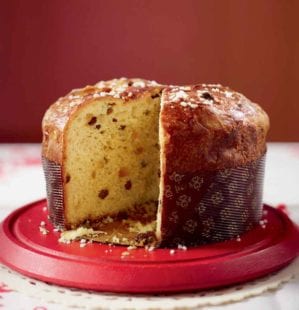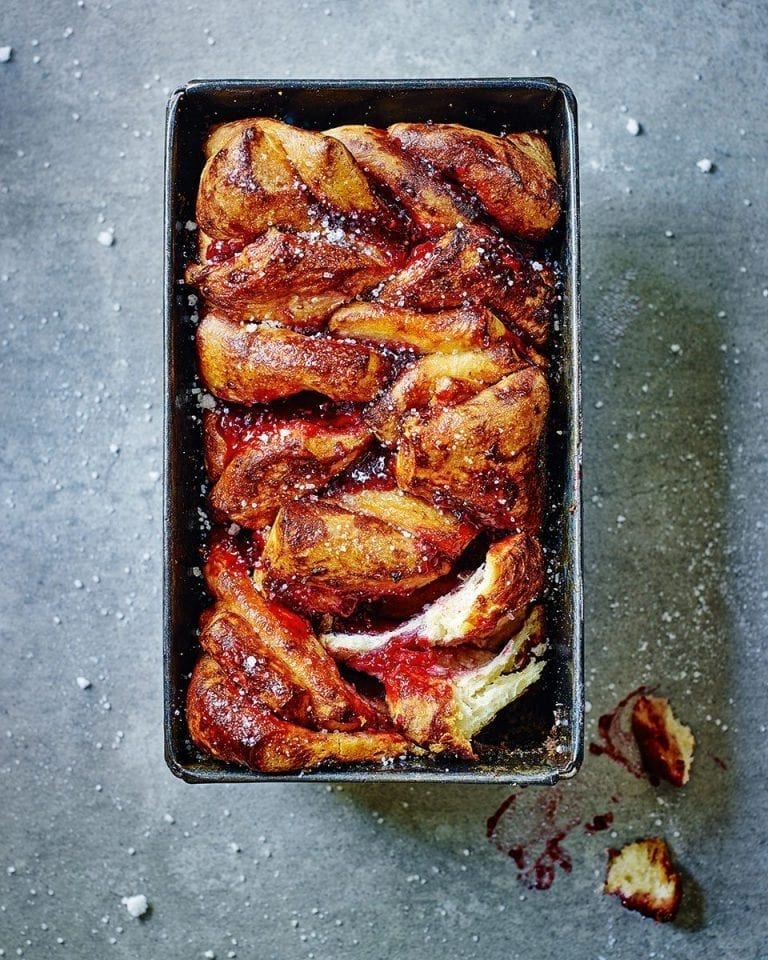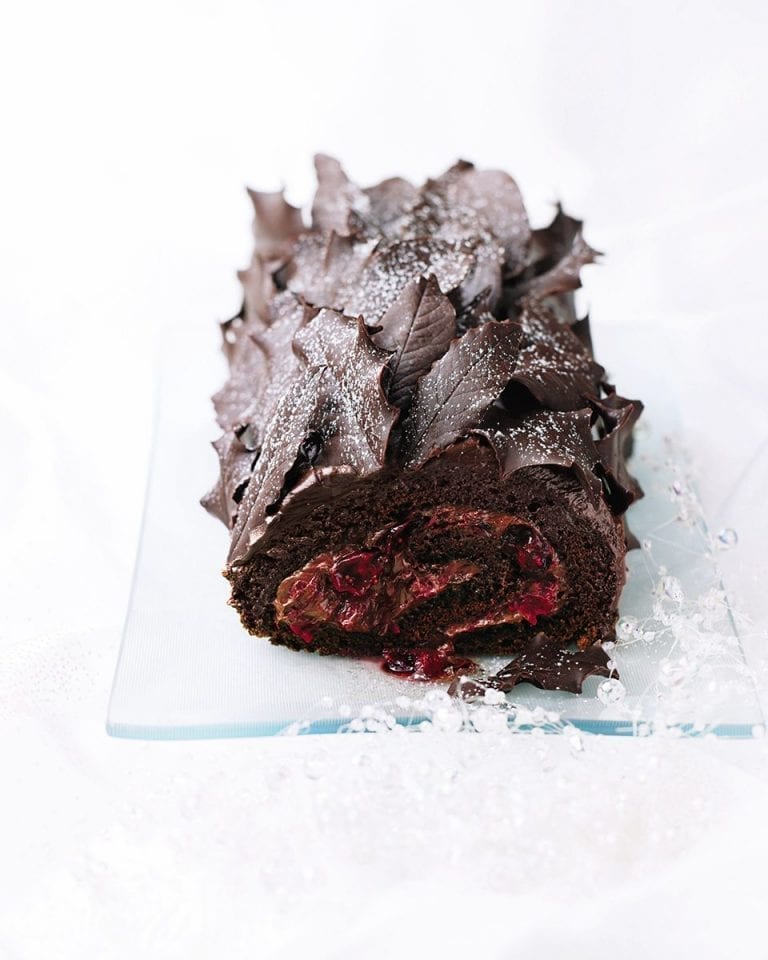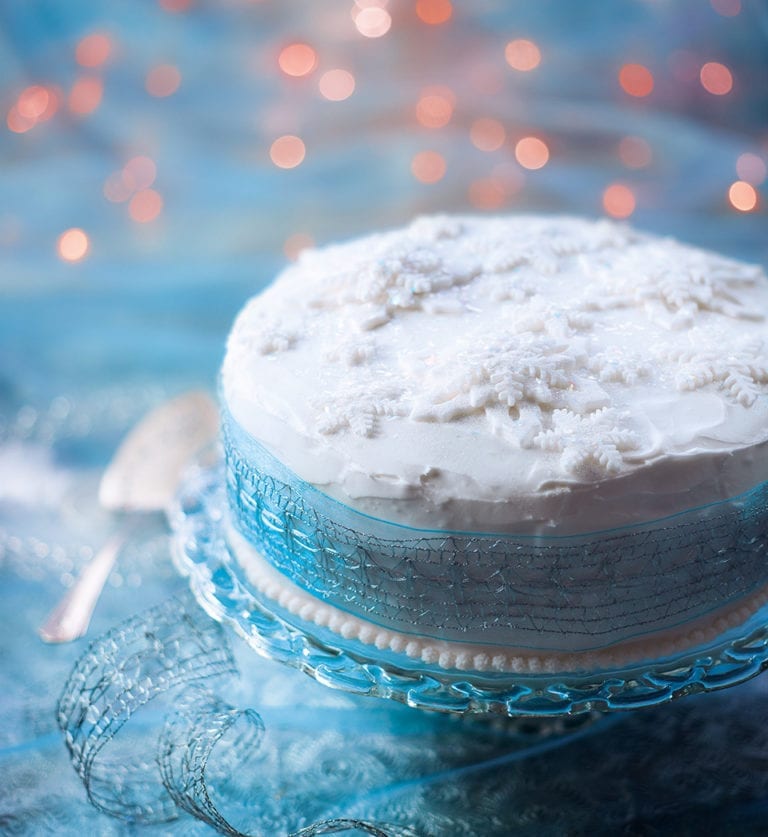A short history of panettone
Learn about the history of panettone, discover how the Italians make it plus our take on the original and where to buy a panettone mould.
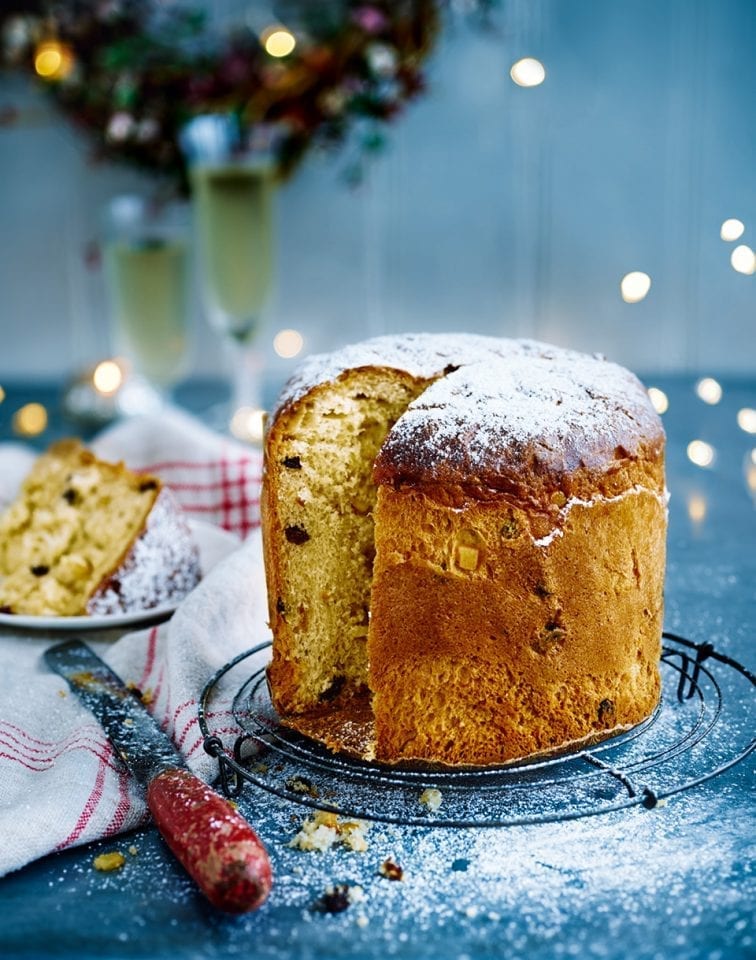
Panettone: a slice of history
There are several legends behind the origins of panettone. One of the most alluring has it that a Milanese baker named Toni fell in love with a beautiful woman who walked past his bakery every day. In an attempt to lure her inside and win over her affections, he spent months creating this vanilla-perfumed loaf he called ‘Pan di Toni’ (Toni’s bread).
Whatever its origins, panettone is now highly regarded throughout Italy and the rest of the world – particularly as a gift at Christmas. To get ready for the festive season, baking gets underway around the clock from late October, and row upon row of beautifully packaged panettone adorn the windows of Italian delicatessens and bakeries.
How the Italians do it
Making a traditional panettone the Italian way is a lengthy procedure. The proving process alone can take several days, allowing the flavours to mature and the distinctive fluffy texture to develop. It is then baked in precise temperature-controlled ovens and, straight after cooking, hung upside-down to cool, which stretches the warm cake, giving it its characteristic dome shape.
These days you can buy all sorts of alternatives to the traditional dried fruit and vanilla original, such as chocolate, coffee, coconut and limoncello-flavoured panettone. In Italian bakeries around Christmastime, you also find salted, savoury panettone, which you top with ham and cheese.
The delicious. way
Our recipe is much easier to make in a home kitchen (and don’t worry, you don’t need to hang it upside-down!). We’ve used fresh yeast instead of a traditional starter, which speeds up the rising and proving process. Don’t panic if you can’t find any panettone moulds (see below), as a loose-bottomed cake tin will also work a treat.
Where to buy moulds
We used corrugated cardboard panettone moulds (6.5cm deep, 20cm wide) from Bakery Direct at ebay.co.uk. Fluted metal panettone tins are available online from cakescookiesandcraftsshop.co.uk.
Gift-wrapping and other tips
A home-made panettone makes a special gift. Wrap it loosely in cellophane and tie with a big ribbon. A small bottle of Vin Santo, a sweet Tuscan dessert wine, would make the perfect accompaniment.
Panettone can keep for several weeks if you wrap it well in cellophane and put it in a sealed container. It will become drier over time and is then best enjoyed dipped in dessert wine or coffee. Straight from the oven, however, a warm slice of panettone needs no embellishment.
Leftovers are rarely a problem, but if you do have some to use up, try our fab recipe for chocolate panettone bread-and-butter pudding.
See how to make a panetonne here
Subscribe to our magazine
Food stories, skills and tested recipes, straight to your door... Enjoy 5 issues for just £5 with our special introductory offer.
Subscribe
Unleash your inner chef
Looking for inspiration? Receive the latest recipes with our newsletter
